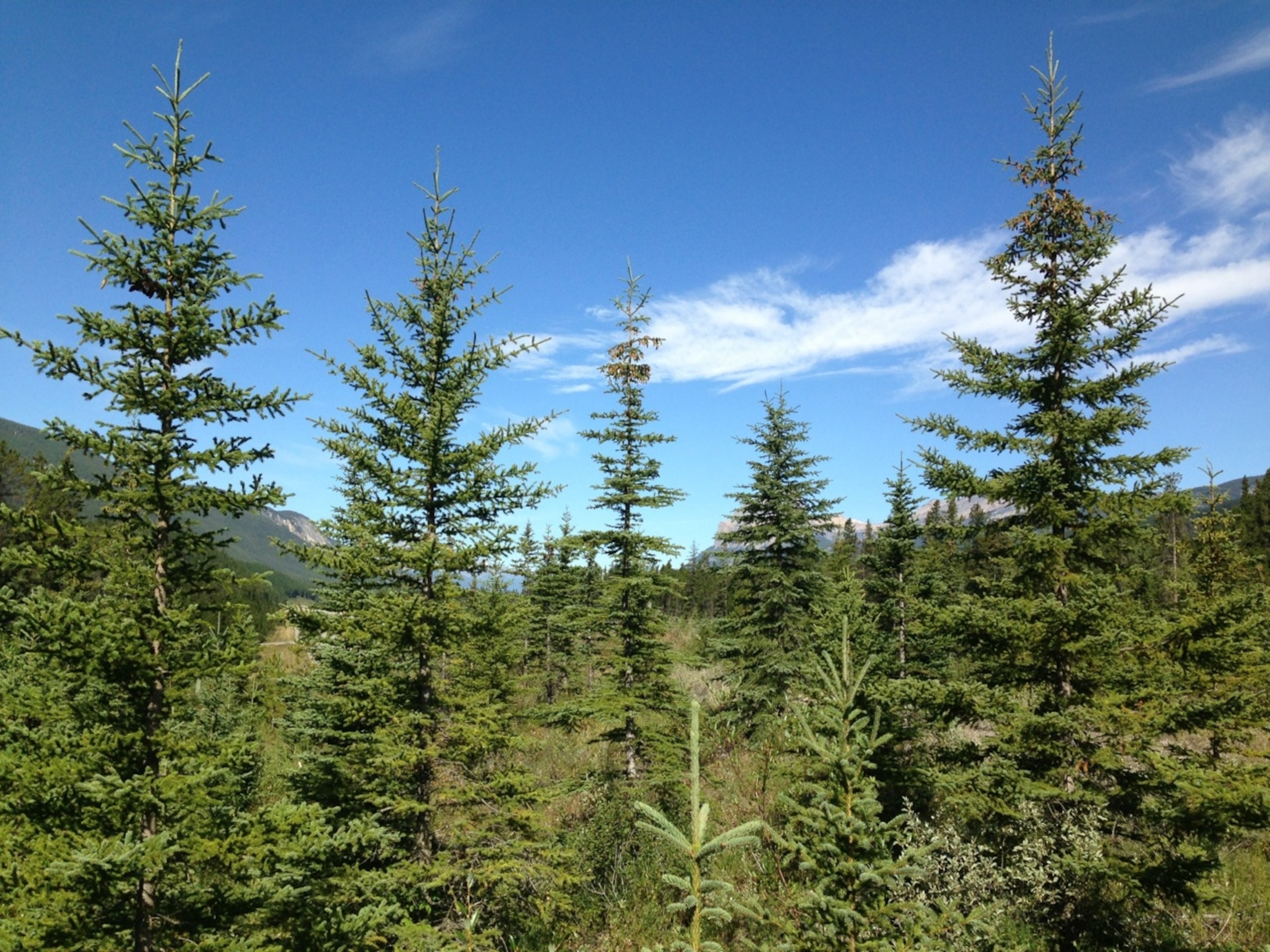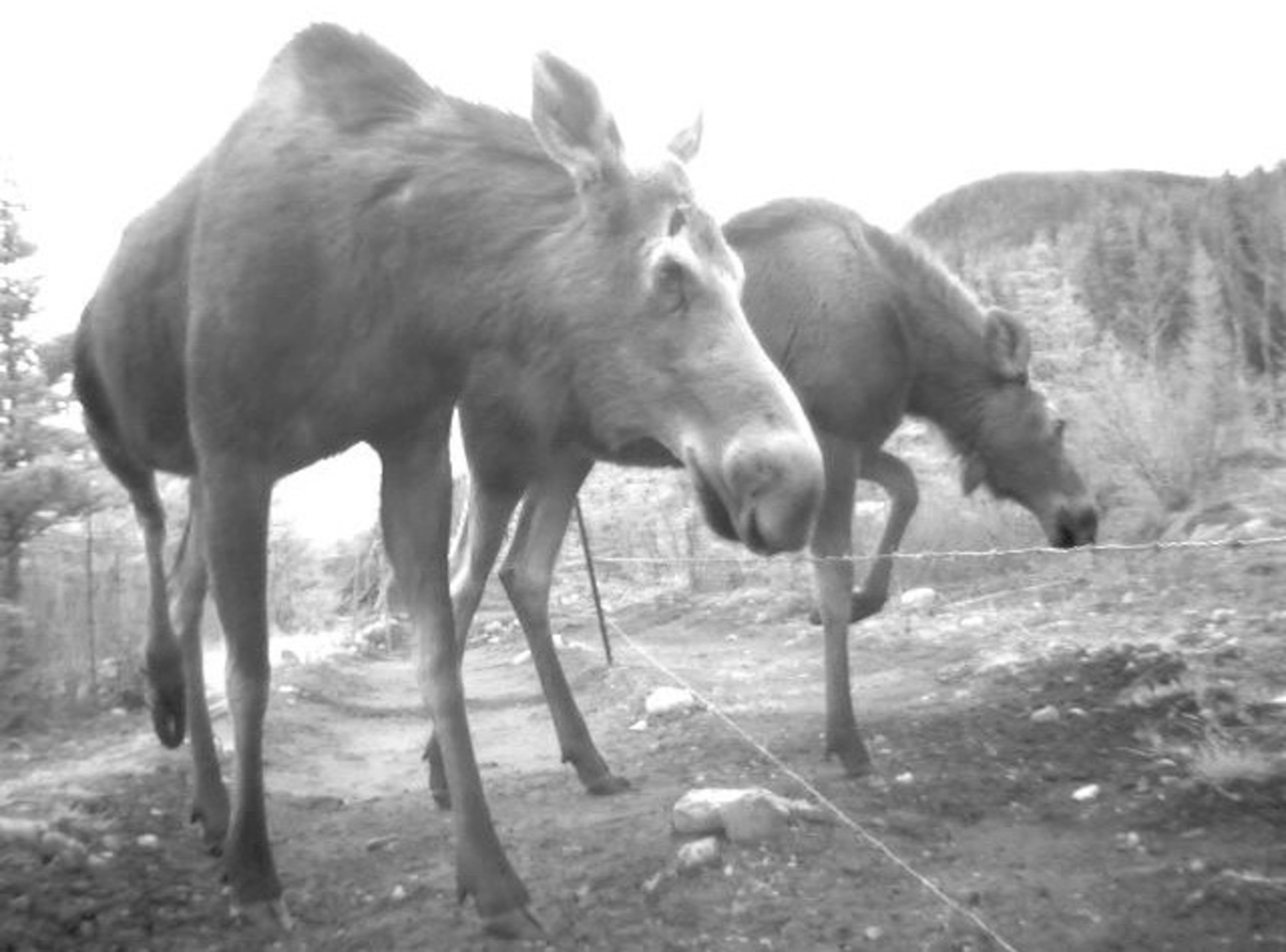The Alberta Story: Wildlife Crossing in Banff
My very first job out of high school was cleaning up roadkill, all along the highways and back roads in my county. It was very depressing.
There’s nothing like picking up dead deer and smushed racoons all summer to convince a kid that going to college isn’t such a bad idea. It also had a profound affect on me, so that even now, I look at each roadkill like a small, avoidable tragedy, repeated a thousand times over around the world, every day.

Though Alberta’s Banff National Park is home to an amazing and healthy wildlife population, it also welcomes about 3.5 million visitors every year. In addition, 4.5 million humans drive through without stopping, all passengers on the busy Trans Canada Highway that cuts through the park. Having the world’s longest national road bisect the country’s premier national park poses a serious potential for heavy roadkill.
To address the problem, Banff first put up extensive wildlife fencing on either side of the highway, discouraging animals from entering the busy road. Then, since 1996, they’ve opened six wildlife overpasses and 38 underpasses, which has allowed for more than 140,000 documented wildlife crossings.
Though these crossings are normally restricted to all humans, I was fortunate to visit Banff’s Red Earth Overpass with road ecologist Trevor Kinley. As a project manager with Parks Canada, he told me that so far, they have documented 10,000 safe animal crossings on this overpass alone. That’s 10,000 animal lives saved and a whole lot of roadkill prevented.
According to Dr. Tony Clevenger of the Western Transportation Institute at Montana State University, some animals learn how to use the crossings much quicker than others. Coyotes, black bears and cougars are fastest, followed by deer, elk, and moose. Grizzly bears and wolves take the longest to figure out how to use them, and it is believed (though not confirmed) that lynx and wolverines are fairly delayed in using them. These carnivores might be slower to adapt because they are more capable and determined at working their way through the highway fences.
There is some criticism that channeling so much wildlife into a few bridges and tunnels is like making a trap for the animals, granting predators an easy meal on either side, but research has shown that this is not the case. There are no more killings around the crossings than there are anywhere else in the park.

- National Geographic Expeditions
Walking over the Trans Canada and then walking underneath (through one the tunnels), I was amazed how natural the area seemed. The noise disappeared, as did the road. The forest has filled in the area so that anyone crossing would really have no idea they were crossing a major highway. Along the way, I found the fresh tracks of black bear and grizzlies, wolves, elk, deer, marten and some kind of small cat. Somehow, all these animal tracks made me so happy, knowing that all this wildlife was passing safely under and over the longest road in Canada.
Hopefully, the success of the wildlife crossings in Banff will continue to inspire similar solutions around the world, where human pressure on wildlife continues to grow. Animals should have the same freedom to travel that we do, and here in Alberta, thanks to the wildlife crossings, they do.

Watch more videos of animals crossing the highway safely!
